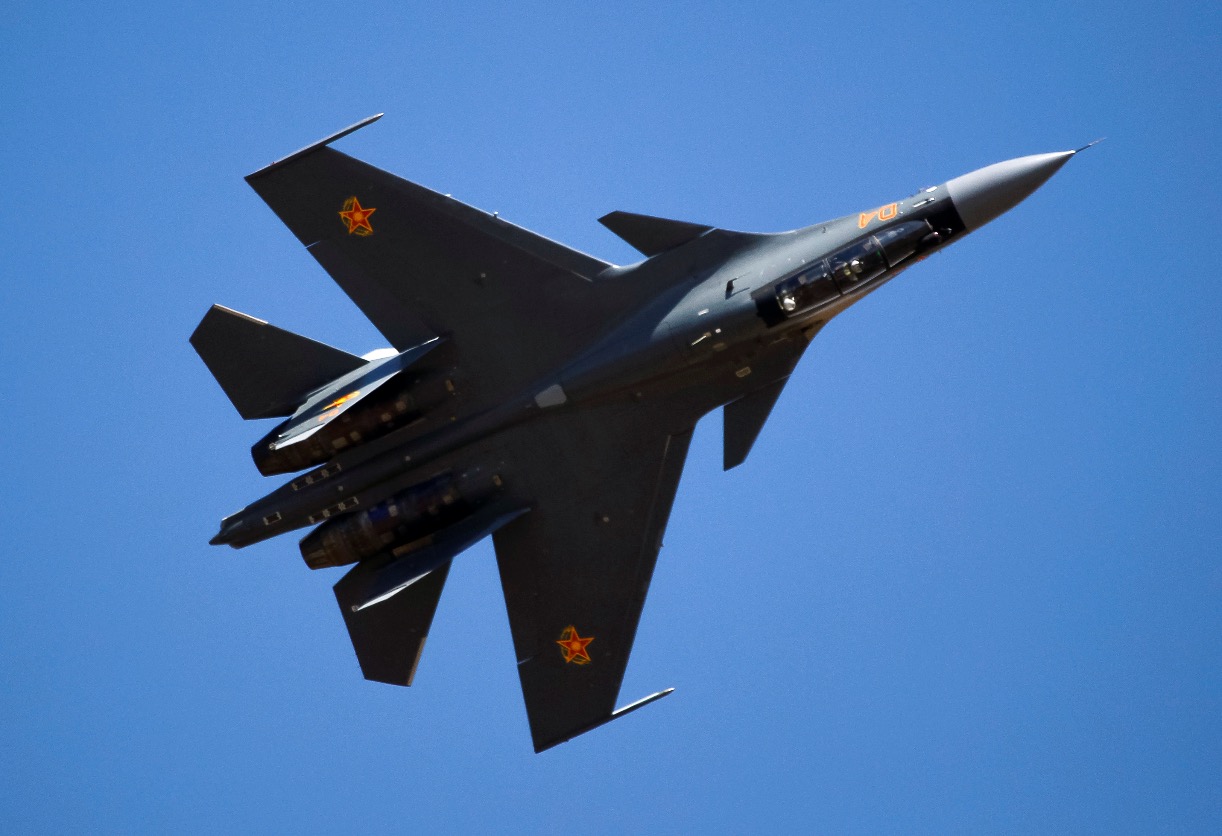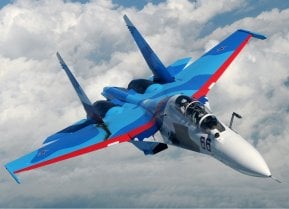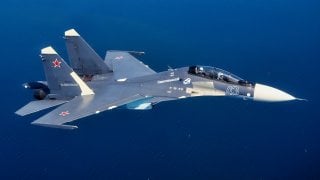Russia's Su-30 Fighter Keeps 'Dropping Like Flies' In Ukraine War
The Su-30, derived from the Su-27, was designed as a versatile multirole combat aircraft capable of air superiority and ground-attack missions. Despite being shot down frequently in the ongoing Ukraine conflict, the Su-30 remains an important export asset for Russia, with various customizable variants like the Su-30MKM for Malaysia.
Summary and Key Points You Need to Know: The Su-30, derived from the Su-27, was designed as a versatile multirole combat aircraft capable of air superiority and ground-attack missions. Despite being shot down frequently in the ongoing Ukraine conflict, the Su-30 remains an important export asset for Russia, with various customizable variants like the Su-30MKM for Malaysia.
-Equipped with advanced systems like the Irbis-E radar and capable of carrying a variety of missiles, the Su-30 continues to attract foreign buyers.
-Its long service life and adaptability have contributed to its appeal, ensuring its continued use despite high loss rates in combat.
Russia’s Su-30 Keeps Flying Despite High Loss Rate
During the Cold War, the Soviet Union was always seeking to counter perceived threats emanating from the NATO countries along its western border. One such advancement the Soviets created was the Su-30. Derived from the Su-27, the Su-30 was meant to be a more versatile bird compared to its Su-27 predecessor.
Unlike the Su-27, which was designed primarily for air superiority, the Su-30 was meant to do both air superiority and other, multirole combat missions, such as ground-attack. This was in keeping with the concomitant evolution in aerial warfare capabilities in the West.
The Su-30’s Exportability
Interestingly, the Su-30 was jointly developed by the Russians and other foreign powers. Not just Soviet Bloc states, but primarily the non-aligned nation of India (which has always maintained a close military-to-military relationship with Moscow since it was granted independence from the British Empire in the late 1940s).
In fact, the Su-30’s exportability makes it one of Russia’s most important assets (even if they are being shot down with great frequency in the Ukraine War). They’re also a very customizable plane for foreign buyers. For example, the Su-30MKM was built for Malaysia. The Malaysians wanted a truly next-level radar system on their variant. So, they have a unique version of this bird.
Indeed, different variants of the Su-30 incorporated a slew of advances, such as thrust-vectoring engines and advanced avionics (for its time). Because of this, the Su-30 became a very popular export vehicle for Russia over the decades.
The Specs
The Su-30 sports twin AL-31FP engines. Although, newer variants support the more advanced AL-41F1S engine that offers greater fuel efficiency and better thrust. When combined with the overall aerodynamics of the Su-30’s airframe, such as canards in some of the variants of this ubiquitous Russian warbird, the Su-30 exhibits super-maneuverability.
As for other advanced systems in the warplane, the Su-30 has the Irbis-E radar capability. This system enhances detection ranges for both air and ground targets. If necessity is the mother of all invention, then warfare is its father. Russia has not fought the kind of war it is currently embroiled in with Ukraine probably since the Second World War (at least that’s what Russian leaders continue telling their people).
The newest variants of the Su-30 have been upgraded to include increased countermeasures against air defenses, such as the American-built Patriot missile.
Still, the Su-30s keep “falling out of the sky.” Whether or not this is a function of the plane not being as good as the Russians would have us believe or if it’s simply a byproduct of fighting a war of attrition with a rival that employs sophisticated asymmetrical tactics and is supported by a near-peer adversary to Russia, like the United States, remains very much in question.
Su-30s can carry a variety of advanced Russian missiles. These include the R-77-1 and the long-range R-37M. In terms of ground strikes, the Su-30 can pop off precision-guided munitions if necessary.
Why the Su-30
The Su-30 is an older but relatively useful warplane in Russia’s arsenal today. Its long lifespan, coupled with its various evolutions as well as its presence in so many foreign fleets, indicates its appeal. Russia continues deploying the Su-30 in very risk combat missions in the unfriendly skies over Ukraine.

As a result, these birds are ultimately being shot down in large numbers.
But that doesn’t mean these birds are all that bad. And it certainly doesn’t mean that foreign governments will stop buying them. And the more that they purchase these systems, the better supported the sinister Russian war machine will be.
Author Experience and Expertise: Brandon J. Weichert
Brandon J. Weichert, a National Interest national security analyst, is a former Congressional staffer and geopolitical analyst who is a contributor at The Washington Times, the Asia Times, and The-Pipeline. He is the author of Winning Space: How America Remains a Superpower, Biohacked: China’s Race to Control Life, and The Shadow War: Iran’s Quest for Supremacy. His next book, A Disaster of Our Own Making: How the West Lost Ukraine, is due October 22 from Encounter Books. Weichert can be followed via Twitter @WeTheBrandon.
All images are Creative Commons or Shutterstock.
From the Vault
Russia Freaked Out: Why the U.S. Navy 'Unretired' the Iowa-Class Battleships
Battleship vs. Battlecruiser: Iowa-Class vs. Russia's Kirov-Class (Who Wins?)


